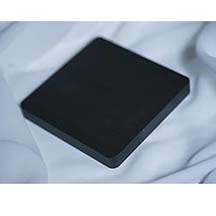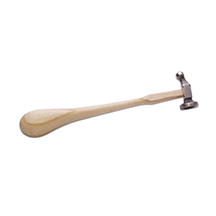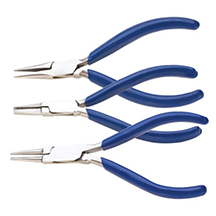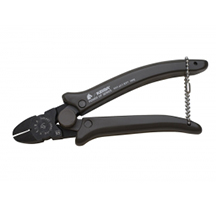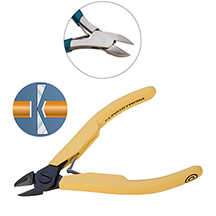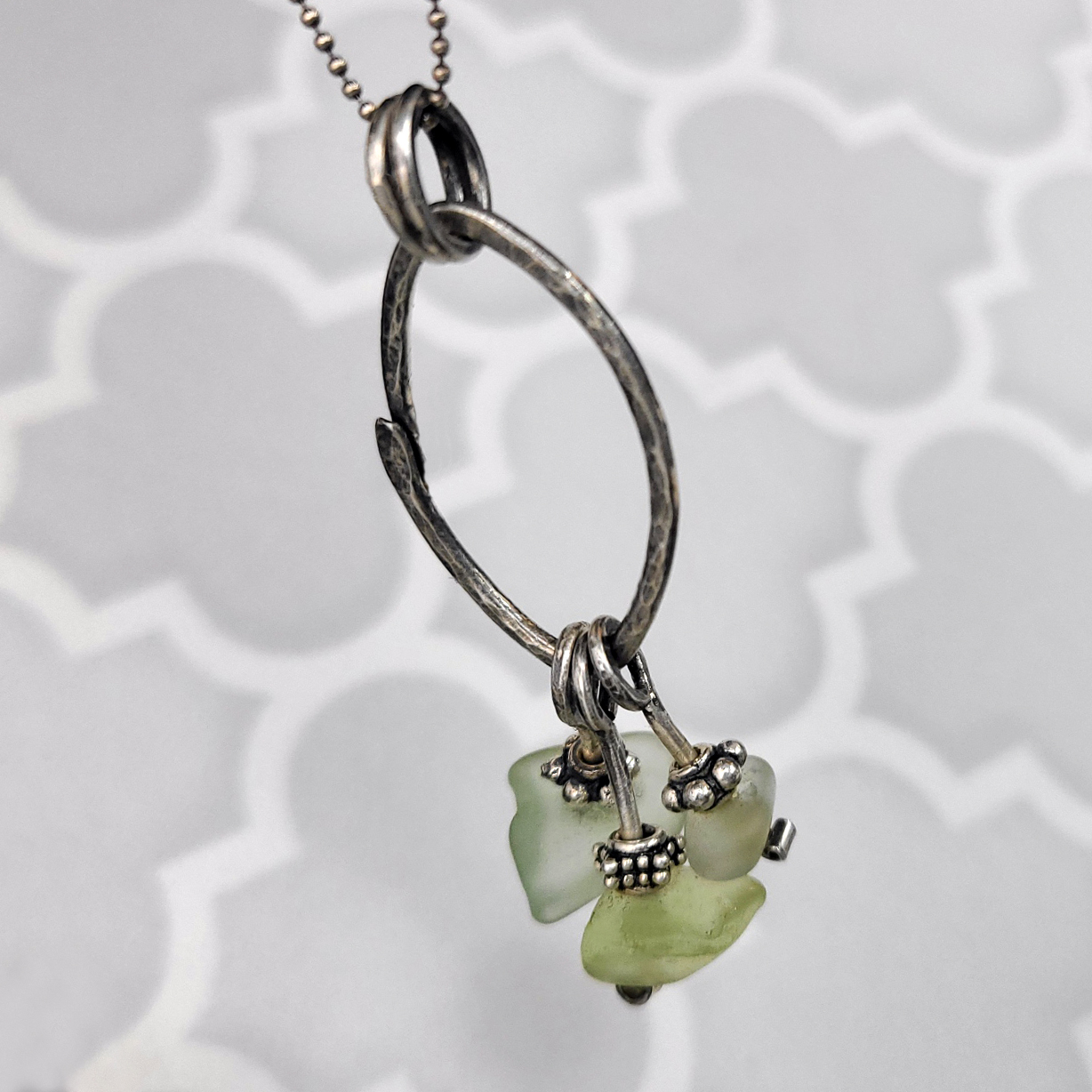
Drilling Beach Glass
- Level
- Beginner
- Sessions
- 3 hours
- Descrption
- If you have been be collecting beach glass, shells, river rocks or beads that that don’t have holes, I have creative ways to make them useful. This class will offer hands on experience with a flex shaft and how to properly use it. Students will learn how to drill several pieces to create a fun pendant! Most students will finish at least 3 pieces.
Tools
Some tools will be provided by the instructor. Please refer to your registration.-
Bench Block
Steel or Anodized aluminum - Used as a hammering surface for metal stamping or working with metal. -
Chasing Hammer
Used for chasing/moving metal. In my classes chasing hammers are used to create hammer marks on metal and riveting. Instructor will provide for every class needed. -
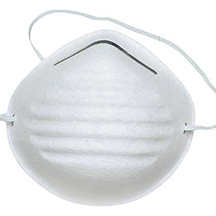
Dust Mask
A MUST if you want to drill shells and pearls. However, this is optional for classes with fumes such as etching and patinating. Classes that have a lot of dust do not require a mask, but it up to you if are you sensitive. (ie enameling.) Dust masks may be purchased at any hardware store. -
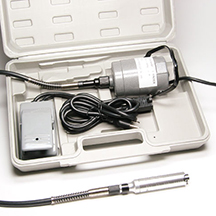
Flex shaft
Rotary tool used for polishing, drilling, finishing, etc. Flex shafts are available for purchase new and gently used at the class. Pleased contact the instructor if are interested in purchasing one at the class as quantities are limited. -
Hand Tools
Basic hand tools – Any quality is appropriate for my classes. These do not need to be high end or expense.
- Round nose - Typically it is preferred that the round nose be a fine tip. Especially for classes with detailed wire work.

- Chain/needle nose – Tapered jaws for general metal and wire work. Non-serrated are requested for all of my classes. Typically requested for classes to be used for opening and closing jump rings; in which case, 2 pairs are requested or a combination of chain nose and flat nose is suitable.

- Flat nose – Similar to chain nose but the jaws are not tapered. Non-serrated are requested for all of my classes.

- Round nose - Typically it is preferred that the round nose be a fine tip. Especially for classes with detailed wire work.
-
Heavy Duty Cutters
Although any heavy duty cutter will work, if they are flush, they will make your work a lot easier. Cutter should be able to cut through 10g wire. (Many cutters imprint their cutting capacity on the inside of the handle.) Keiba and Xuron are recommended. -
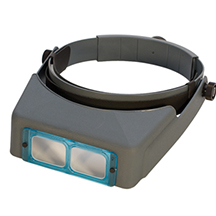
Magnifier or Optivisor
– For almost all classes this is listed as an “As Needed” tool. If you have sight challenges it is recommended that you are properly prepared. For advance stone setting classes this is required! If you decide to use reading glasses consider better than 2.5x.
-
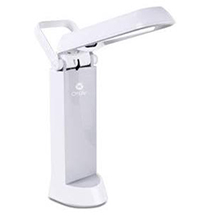
Ott Light or Task Lamp
This is optional item that is listed for every class. It is up to you to determine whether or not you will need to have one depending on your vision. -

Safety Glasses
Protective Eye wear – All drilling classes require that you wear some sort of safety glasses. Will your eyeglasses be enough? This is a personal decision. Some students prefer to wear only their prescription glasses while others wear goggles over their glasses. These may be found in any hardware store. -
Side Cutters
Also known as wire cutters or snippers. For many of my classes I prefer Ultra Flush side cutters because it eases the workload. Ultra flush is the most flush you can buy as opposed to just flush cutters. If you don't own a pair of Ultra Flush cutters, you may want to invest in a good pair either Lindstrom or Swanstrom. There is usually not a different in price between ultra and just flush cutters so why not just buy the best? The image shows just a side cutter (top) and ultra flush (bottom). -
Super Grip Gloves
Optional for all classes, but most have found these very helpful for drilling class and classes that require a lot filing sanding. Not only will they protect your hands, but the grip will allow you to hold onto the stones you are working with.

